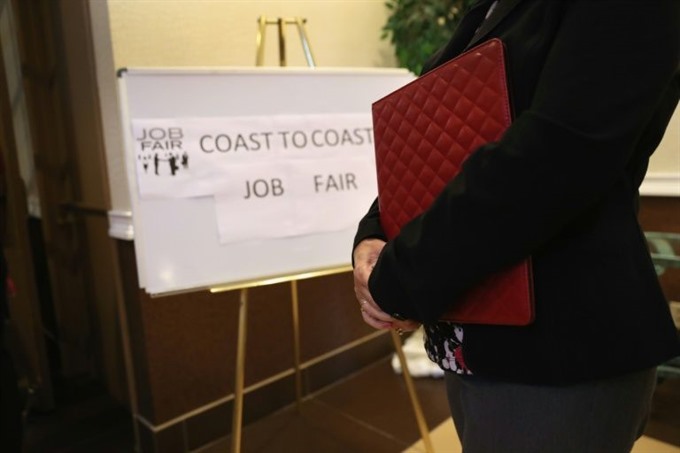 World
World

The UN labour agency warned on Wednesday that gradual progress toward parity between the sexes in the workplace was expected to soon grind to a halt and could even reverse.
 |
| When women do participate in the labour market, they are far more likely to have informal jobs with low wages and few protections, and they face higher unemployment in most parts of the world, the International Labour Organisation said. — AFP |
GENEVA — The UN labour agency warned on Wednesday that gradual progress toward parity between the sexes in the workplace was expected to soon grind to a halt and could even reverse.
"On average around the world, women remain much less likely to participate in the labour market than men," the International Labour Organisation (ILO) said in a report.
At the moment, some 48.5 per cent of women and girls over the age of 15 are part of the global workforce -- 26.5 percentage points below the rate of male participation, the report found.
Thus, for every 10 men in a job globally, only six women are employed, it said.
And when women do participate in the labour market, they are far more likely to have informal jobs with low wages and few protections, and they face higher unemployment in most parts of the world.
"The situation ... is really stagnated, and it provides a grim prognosis," said Shauna Olney, who heads ILO’s gender, equality and diversity division.
"Something needs to change, and it needs to change dramatically," she told reporters in Geneva.
Among the inequalities women face in the workplace is a persistent pay gap, with women on average earning 20 percent less than men, according to ILO.
And despite making great strides in education, women remain far less likely than their male counterparts to hold management positions.
New treaty against harassment?
Globally, four times as many men are currently working as employers than women, the report found.
Since 1990, the gap between male and female participation in the global labour force has narrowed by two percentage points, the ILO said, stressing though that most of that change occurred up until 2009, with the rate of improvement slowing since.
The improvement rate "is expected to grind to a halt during 2018-21, and possibly even reverse, potentially negating the relatively minor improvements ... achieved over the past decade," it warned.
The report stressed there were significant differences between countries and regions, with gender gaps in labour participation particularly wide in the Arab States, Northen Africa and Southern Asia.
Conversely, women’s participation rates are gradually approaching those of men in many developed countries, the ILO said, also pointing to small gaps between the sexes in unemployment rates in such countries.
"Women even register lower unemployment rates than men in Eastern Europe and North America," the report said.
Wednesday’s report came a day before International Women’s Day and amid a reinvigorated debate about women’s rights after the #MeToo movement against sexual harassment and abuse sent shockwaves around the globe.
Olney said the ILO in June would debate the creation of a new international treaty focused on harassment and abuse in the workplace, which is seen as a major barrier to women getting a job.
Such a treaty could be "a real game changer", she said. — AFP




